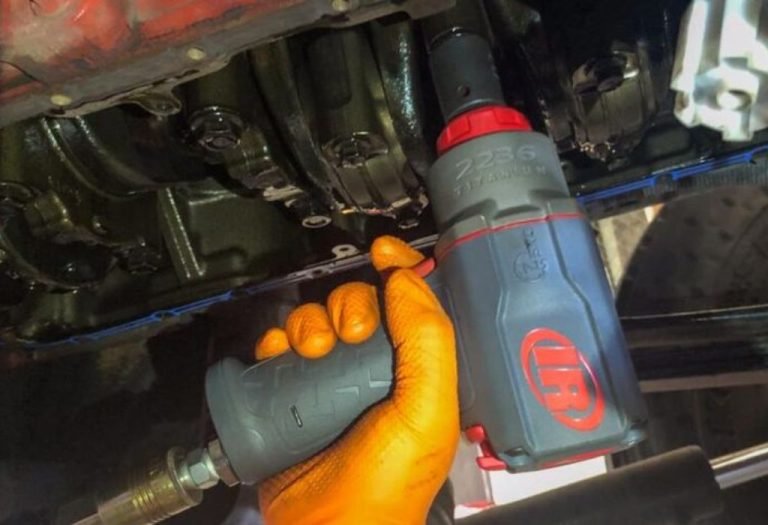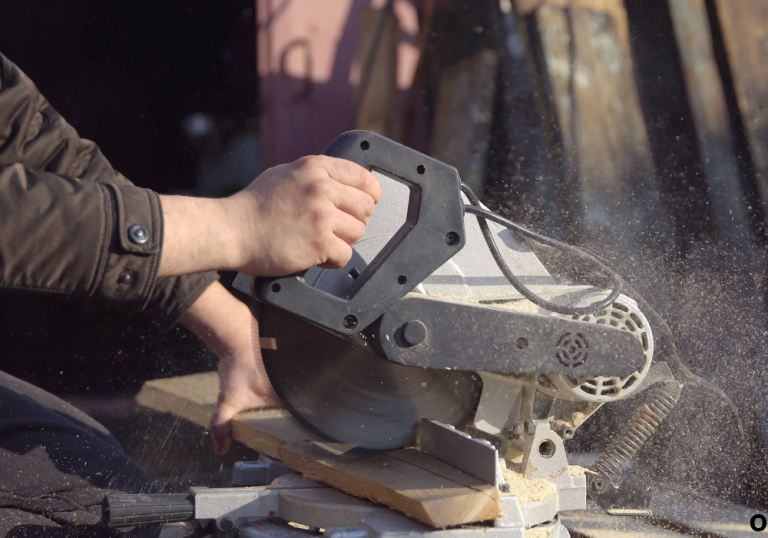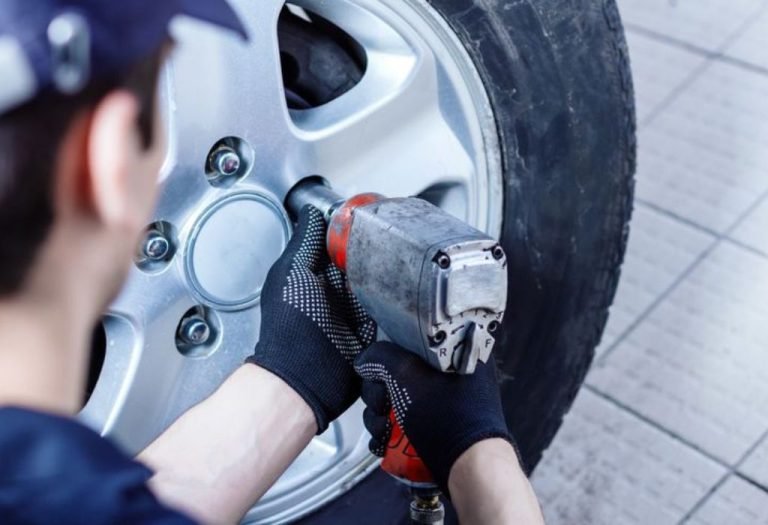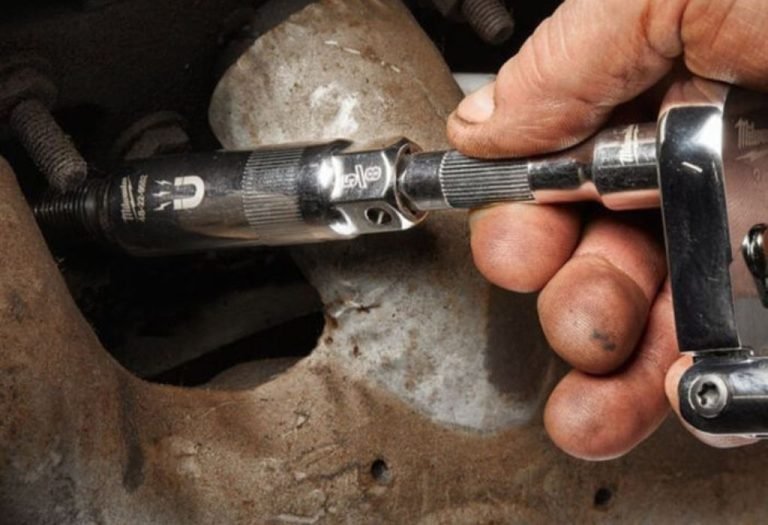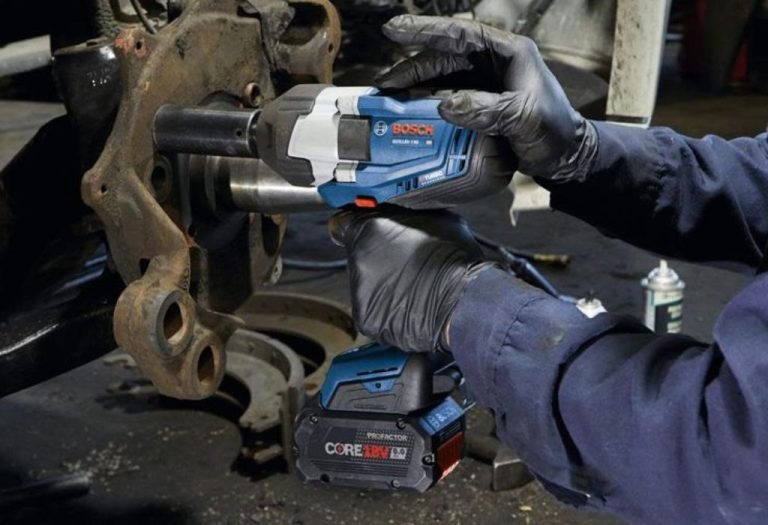How to Find Studs Through Siding: Step-by-Step Guide
Mounting exterior items such as security cameras, heavy lights, mailboxes, or even awnings can be risky if they are fastened only to siding, which is why knowing how to locate studs behind it is so important.
Unlike interior drywall where studs can often be located with a simple stud finder, siding materials such as vinyl, wood, aluminum, or fiber cement create extra thickness and layers that make stud detection far more challenging.
When studs are missed, installations often become loose or unstable over time, leading to wasted effort, broken siding panels, or potentially dangerous falls from heavy fixtures pulling away from the wall.
Learning how to find studs through siding ensures that every outdoor project is secure, weather-resistant, and capable of withstanding long-term use and exposure to the elements.
While standard stud finders are helpful indoors, they often fail when used on exterior siding, forcing homeowners to rely on alternative methods such as measuring, probing, or tracing nail patterns.
Magnetic stud finders, deep-scan electronic devices, and even simple rare earth magnets are among the most reliable tools for locating studs hidden behind multiple siding layers.
According to the U.S. Census Bureau, nearly 36 million American homes use siding as their primary exterior material, which means millions of homeowners face this same challenge when tackling outdoor projects.
This article will explain step-by-step methods, tools, and professional tips for how to find studs through siding safely, accurately, and without causing unnecessary damage to your home’s exterior.
Why Finding Studs Through Siding Is Important
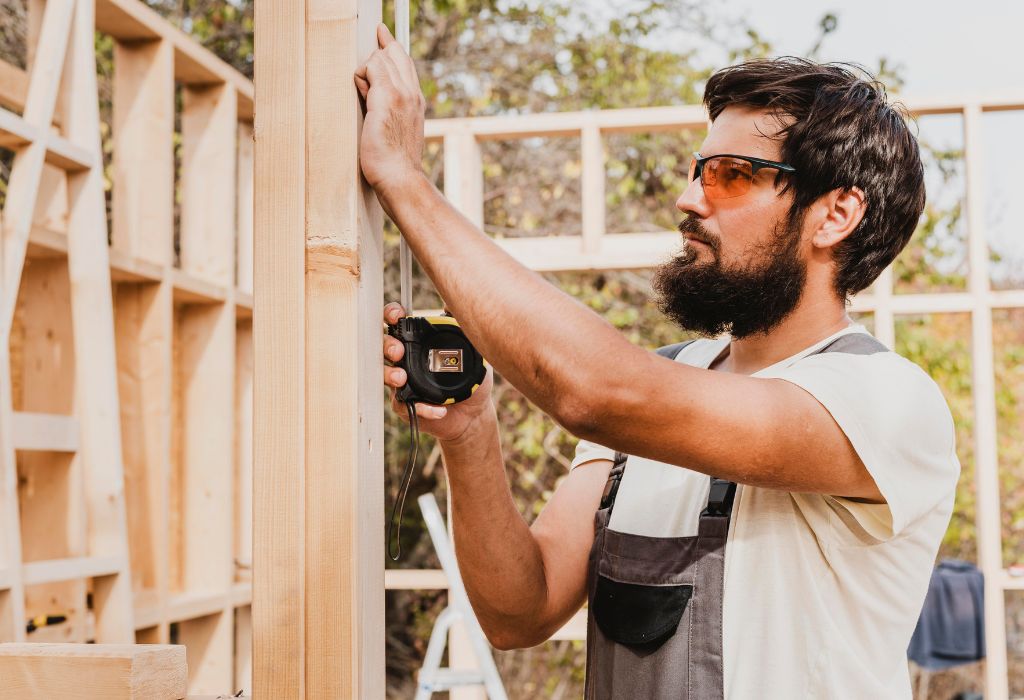
Studs provide the necessary structural support for exterior installations, ensuring that mounted objects stay securely in place over time.
Without anchoring into studs, screws and fasteners may only grip siding material, which is not designed to bear heavy loads.
Mounting directly to siding can cause cracking or warping, especially under the weight of items like large lights, cameras, or pergola brackets.
Over time, these weaknesses allow moisture to enter, leading to leaks and potential damage inside the home.
Anchoring into studs creates a secure, weather-resistant foundation.
This prevents installations from pulling away from the wall during storms or under regular use.
Why can’t I screw into siding alone?
Because siding alone isn’t strong enough to support heavy loads.
Do studs make installation stronger?
Yes, they provide the necessary structural anchor.
What happens if I miss the stud?
The installation may loosen, sag, or fail completely.
Are studs always behind siding?
Yes, but their spacing and alignment can vary.
Does it affect waterproofing?
Yes, improper fastening can create leaks and water intrusion.
Tools and Techniques for Finding Studs Through Siding
Electronic stud finders with deep-scan modes are designed to read through thicker wall materials and can sometimes detect studs through siding.
However, accuracy can still be inconsistent when dealing with multiple layers or metal-backed siding.
Magnetic stud finders are often more reliable since they locate nails or screws that secure siding to studs.
Rare earth magnets provide even stronger detection, making it easier to pinpoint stud locations.
Measuring tape and a flashlight are also useful for visual inspections and alignment checks.
Some homeowners also use a thin probe, such as a small drill bit or finish nail, to confirm stud positions without major damage.
What tool works best on siding?
Magnetic stud finders or rare earth magnets.
Can magnets find studs?
Yes, by detecting nails or screws attached to studs.
Is drilling a test hole okay?
Yes, if it is small and sealed afterward.
Do I need multiple tools?
Not always, but combining methods increases accuracy.
Are deep-scan finders reliable?
Yes, though siding thickness may reduce performance.
Measuring Methods to Locate Studs
Most studs are spaced 16 or 24 inches apart, so measurements are one of the simplest ways to locate them.
Starting at a corner and measuring across can help you predict likely stud positions.
Windows and doors are framed with studs for support, so these features can guide your search.
Measuring outward from their edges often leads directly to a stud.
Fasteners like siding nails often reveal vertical lines that mark stud placement.
Following these lines upward or downward usually indicates where a stud is hidden.
Always confirm your measurements with probing or a secondary method.
Older homes especially may not follow modern spacing standards.
What is standard stud spacing?
Typically 16 or 24 inches apart.
Can I measure from corners?
Yes, studs usually start from corners.
Do windows indicate studs?
Yes, they are framed with structural studs.
What about door frames?
They also reveal stud placement.
Why confirm with probing?
Because older homes often have irregular spacing.
Identifying Studs by Siding Type
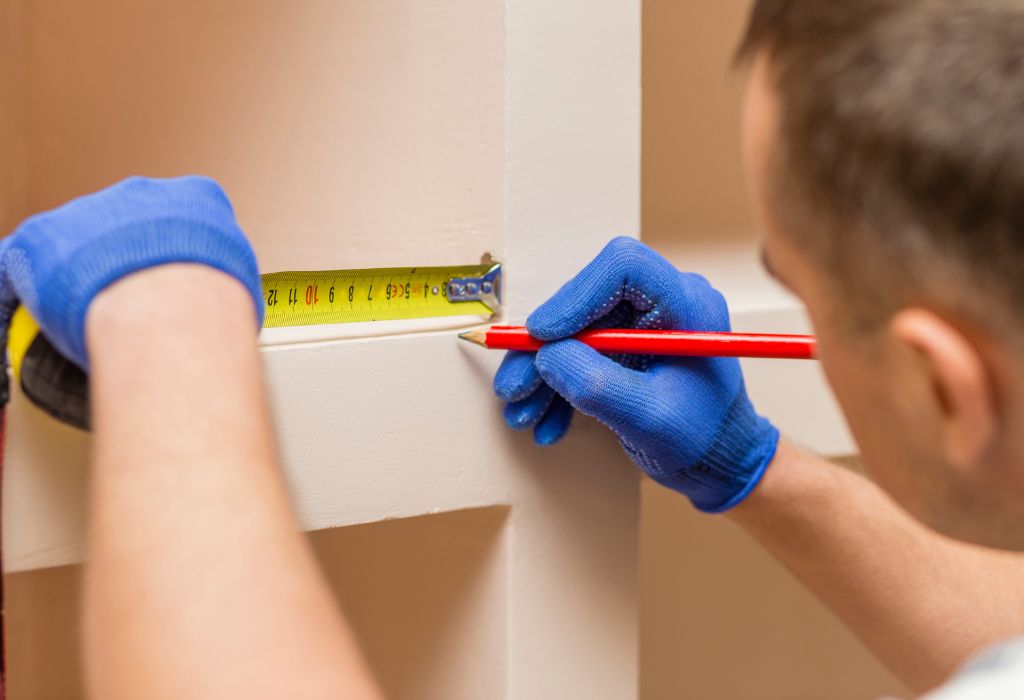
Vinyl siding often shows nail lines that run vertically, which can reveal stud locations.
These nail lines are typically aligned with studs underneath.
Wood siding usually has nails driven into studs in a consistent pattern.
By tracing these nails, you can map out stud placement.
Fiber cement siding is denser, which makes detection more difficult.
Using deep-scan finders or magnets is often more effective here.
Aluminum siding may interfere with electronic stud finders.
In such cases, magnets and measurement methods are the better choice.
Is vinyl siding easier for finding studs?
Yes, nail patterns often make it simple.
Does wood siding hide studs well?
No, nail placement usually reveals stud positions.
Is fiber cement siding harder?
Yes, its density makes scanning more challenging.
Do electronic finders work on aluminum siding?
Not reliably, magnets work better.
Does siding type matter?
Yes, each requires slightly different techniques.
Common Mistakes to Avoid
One of the most common mistakes is drilling multiple holes while guessing stud locations.
This weakens siding and creates unnecessary damage.
Relying only on electronic stud finders is another mistake.
Plaster-like siding materials often confuse sensors, leading to false positives.
Some homeowners forget to seal test holes after probing.
This leaves openings where water can seep in and cause rot.
Others ignore the differences between siding types, using the wrong method for the material at hand.
This reduces accuracy and increases frustration.
Why avoid extra holes?
Because they can cause leaks and structural issues.
Can electronic finders fail?
Yes, especially on layered siding.
Is sealing holes important?
Yes, it prevents water damage and rot.
Do siding types change the method?
Yes, vinyl, wood, and aluminum require different approaches.
Should I worry about hidden wires?
Yes, always be cautious of wiring behind walls.
Best Practices for Drilling Through Siding Into Studs
Start with a small pilot hole to confirm the stud’s exact location.
This reduces the chance of major cracks or mistakes.
Apply exterior caulk around the hole after drilling.
This ensures weatherproofing and prevents water infiltration.
Use exterior-grade screws that are treated for weather resistance.
These screws last longer and won’t rust over time.
Drill slowly and steadily to avoid cracking the siding.
Quick drilling can chip or split the material.
Should I use pilot holes?
Yes, they confirm the stud and prevent damage.
Do I need caulk?
Yes, sealing holes protects against water leaks.
What screws should I use?
Exterior-grade, weather-resistant screws.
Should I drill fast or slow?
Slow drilling reduces cracking and splitting.
How deep should screws go?
At least 1–1.5 inches into the stud.
Professional Tips for Accuracy
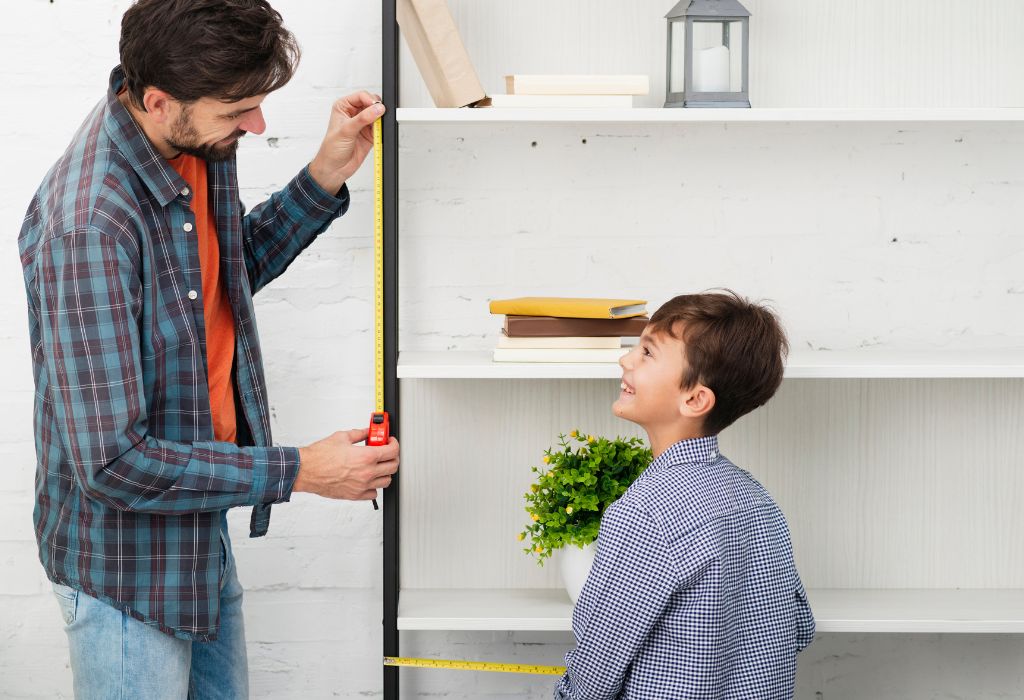
Professional installers often combine measuring and magnet methods for the most precise results.
This dual approach reduces errors and ensures reliability.
Following vertical nail lines is another pro tip.
These lines nearly always indicate where studs run behind siding.
Working near corners, doors, and windows improves accuracy.
These features are almost always framed with studs.
Marking stud centers with painter’s tape before drilling ensures accuracy.
This method prevents mistakes and keeps work areas clean.
Should I use more than one method?
Yes, combining methods improves accuracy.
Why follow nail lines?
Because they mark where studs are located.
Do corners always have studs?
Yes, corners are structural points.
How do I mark studs?
Use painter’s tape for clean visibility.
When hire a professional?
For heavy-duty or large installations.
Future of Stud-Finding Technology for Siding
Stud finders are evolving with models designed specifically for exterior walls.
These devices are more accurate on siding than older versions.
AI-based wall scanning apps are also emerging.
Paired with smart sensors, they improve detection reliability.
Thermal imaging tools may soon become common for DIYers.
They detect framing based on temperature differences.
Affordable borescope cameras are also gaining popularity.
They provide visual confirmation through small inspection holes.
Will stud finders improve?
Yes, new models are more effective.
Can phones detect studs?
Yes, when paired with external sensors.
Will thermal imaging work?
Yes, it can reveal hidden framing.
Are borescopes useful?
Yes, they provide direct visual confirmation.
Is technology becoming affordable?
Yes, advanced stud-finding tools are now more accessible.
Conclusion
Finding studs through siding may be more challenging than locating them inside, but with the right techniques, it is entirely possible.
Secure installations depend on accurate stud detection and proper drilling practices.
Using magnets, measuring, and nail patterns are reliable ways to pinpoint stud locations.
Electronic tools can help, but they should not be relied upon alone.
Avoiding mistakes such as drilling random holes or forgetting to seal openings ensures your siding remains intact and weatherproof.
Proper screws, caulking, and slow drilling techniques keep your projects safe and professional.
By combining multiple methods and following best practices, you can confidently mount any exterior item.
With patience and the right tools, finding studs through siding becomes a straightforward task that delivers long-lasting results.

I’m Michael R. Turner, the founder, lead writer, and passionate DIY enthusiast behind 101diytools.com. With years of hands-on experience in home improvement and power tools, I built this platform to share practical tips, in-depth guides, and honest reviews to help DIYers of all skill levels tackle projects with confidence and the right tools.

